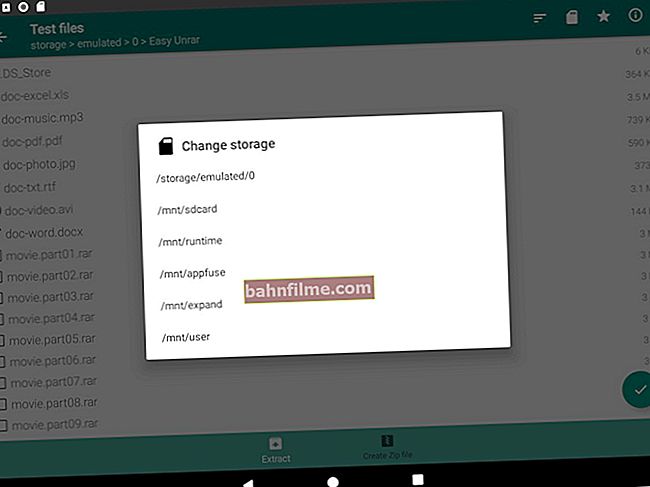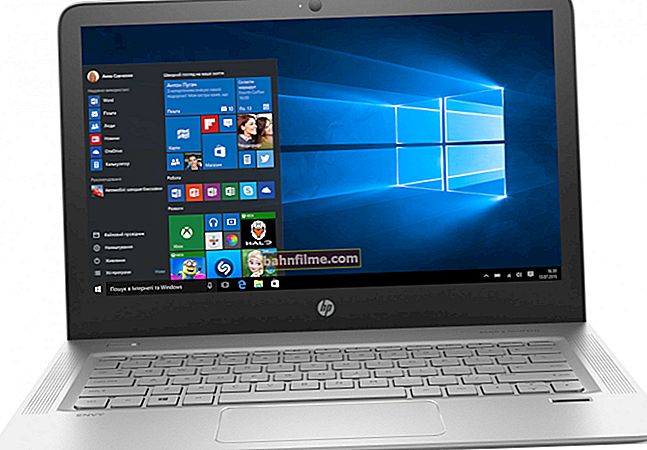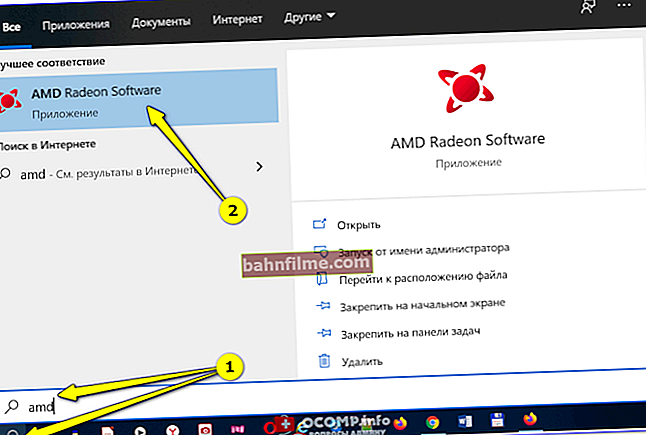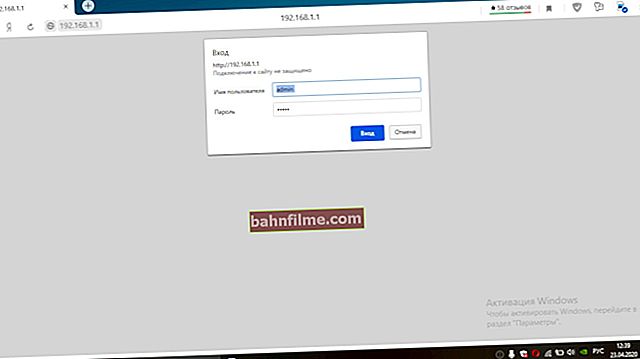 Good day!
Good day!
In general, usually, most users ask questions about how to disable spontaneous 10 updates. However, in some cases, updating the system is very useful: it helps to eliminate a number of errors, improve security, add some elements (game center, the ability to record video from games, etc.). 😉
By default, Windows 10 automatically and automatically checks for updates. If it finds something new, it downloads and installs (this can be noticed when turning on / restarting the computer).
But in some cases, this may not happen (for example, if you manually disabled this feature, or are using an unofficial OS version ...).
Actually, in this article I will present the simplest and most common way to manually start a system update.
Note!
1) The size of updates can be different: from 10 MB to 3-4 GB! Usually, updates of several gigabytes make major changes to the system.
2) Because the size of updates is always different (and your PC performance is also different) - the installation time can vary greatly: in most cases it will take 1-5 minutes, but sometimes it can take 20-30 minutes!
*
Windows 10 update step by step
STEP 1 - connect your device to the internet
First you need to make sure (check) that there is an Internet connection. In most cases, it is enough just to pay attention to the network icon in the system tray (next to the clock 👇).

Internet access is available!
👉 Help!
How to find out the speed of the Internet on a computer - testing and verification
*
Note that there are ways to update without connecting to the network (however, this is much longer (you will need a special program, and you still need some kind of computer with the Internet)). Therefore, in this note, I do not consider this option ...
*
STEP 2 - Go to Windows Settings
Next, you need to open the Windows settings (do not confuse it with the control panel!).
This can be done by simply opening the START menu and clicking on the link "Parameters" (see the screen below 👇).

Options - Windows 10
Another way to enter the parameters is to press the combination of buttons Win + i... Then open the section "Update and Security" ... See the screenshot below for an example. 👇

This window can be opened by pressing the combination Win + i
*
STEP 3 - run the check and wait for the download to finish
In chapter "Update and Security" go to tab Windows Update and click on the button "Checking for Updates" .

Check for updates / Screenshot for the article "How to update Windows 10" 👌
Then Windows will check for updates - if they are found, it will automatically start downloading them (nothing else is required from you).
Note that the download can take quite a long time (depending on your internet speed and the size of the updates).

Windows Update - Download Updates
If through Windows parameters it cannot be done (errors, failures, etc.), go to the 👉 Microsoft website and click on the link "Update now" .

Update now
After downloading the update assistant - just launch it and wait until it finishes working. See screenshot below. 👇

Update in progress
*
STEP 4 - save all open documents and restart your computer
When all updates have been downloaded and configured, you will see a message that reboot required ... I recommend that you first save all open documents and click on the button "Restart now" .

Reboot now
If you do not restart the computer manually, Windows will do it automatically during non-active periods (for example, when you put the computer to sleep ...).
*
STEP 5 - wait for the installation to complete
Then you will see a message: "Working with updates. Completed: 30%. Do not turn off your computer.".
All that remains is to wait for the installation to complete ...

Working with updates - completed 30% / Clickable
By the wayto see what updates have already been installed - you can use the special. magazine. A link to it is available in Windows Update (to open Windows options - click Win + i).

Viewing the update log
In the log, all updates are arranged by installation date (see screen below 👇).

Updates by date
*
Add-ons
How to find out the current OS version
There are several ways to do this. Most informative via tab system information ... To open it - press the combination of buttons Win + R, enter the command msinfo32 and click OK.

msinfo32 - View system properties
The window that opens will show the OS version, build number, computer model, etc. The screenshot of the window is shown below as an example.

System information
*
👉 Help!
How to find out what Windows OS I have: bitness, version, assembly - several ways
*
Launching an update via the command line
If you did not succeed in updating the system through the Windows settings, then you can try to force it (through the command line).
1) To do this, first you need to run 👉 command line as administrator (press the combination of buttons Ctrl + Shift + Esc to open Task Manager ... Next press file / new task and enter the command cmd , click OK. See example below 👇).

Run command line as admin
2) In the command line, type two commands in sequence (the screen below is for help):
- wuauclt / detectnow - searches for updates (forced);
- wuauclt / UpdateNow - installs found updates.

Updating Windows 10 via command line
*
How to uninstall a specific update
You need to go to windows update (click Win + i to open the system parameters and select the desired section in the menu on the left), and click on the link "View update log" .

Windows Update - View Log / Clickable
In this log, you can not only view all installed updates, but also uninstall them (for this, pay attention to the link under the heading, see the example below 👇).

Journal - Remove Updates / Clickable
*
Other opinions are welcome in the comments!
Successful work!
👋
First publication: 22.04.2019
Correction: 10/14/2020









